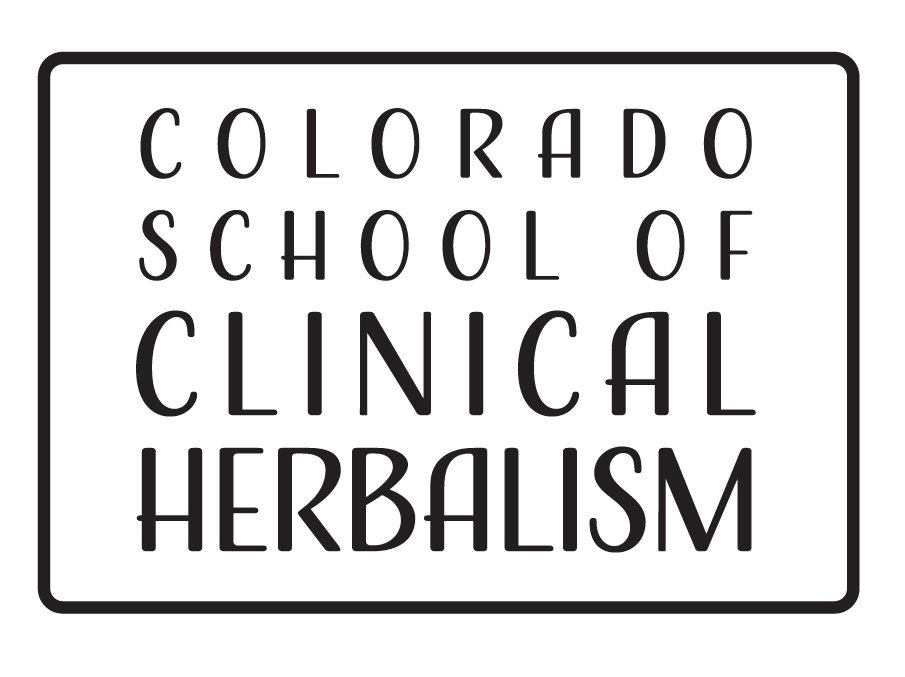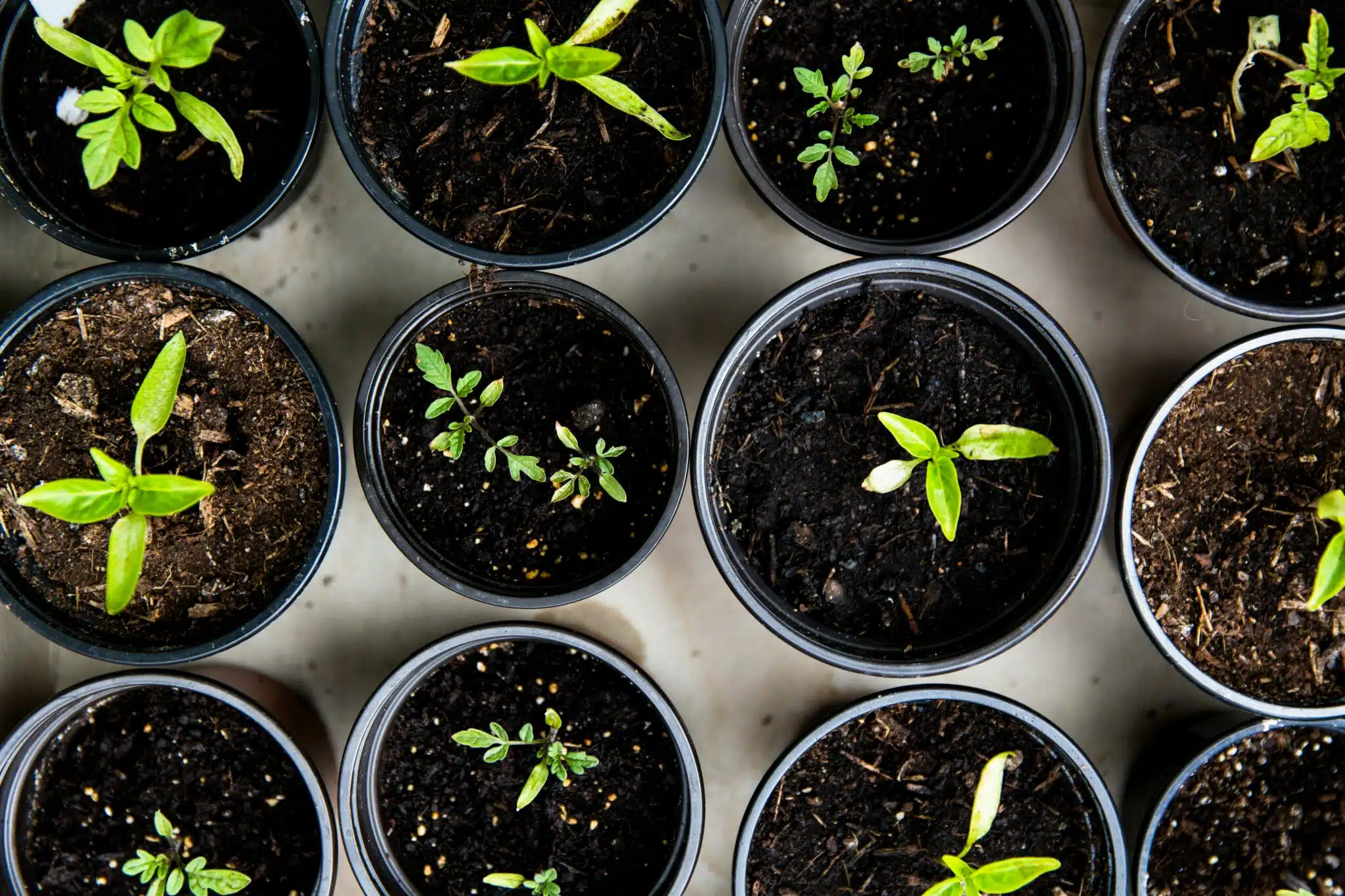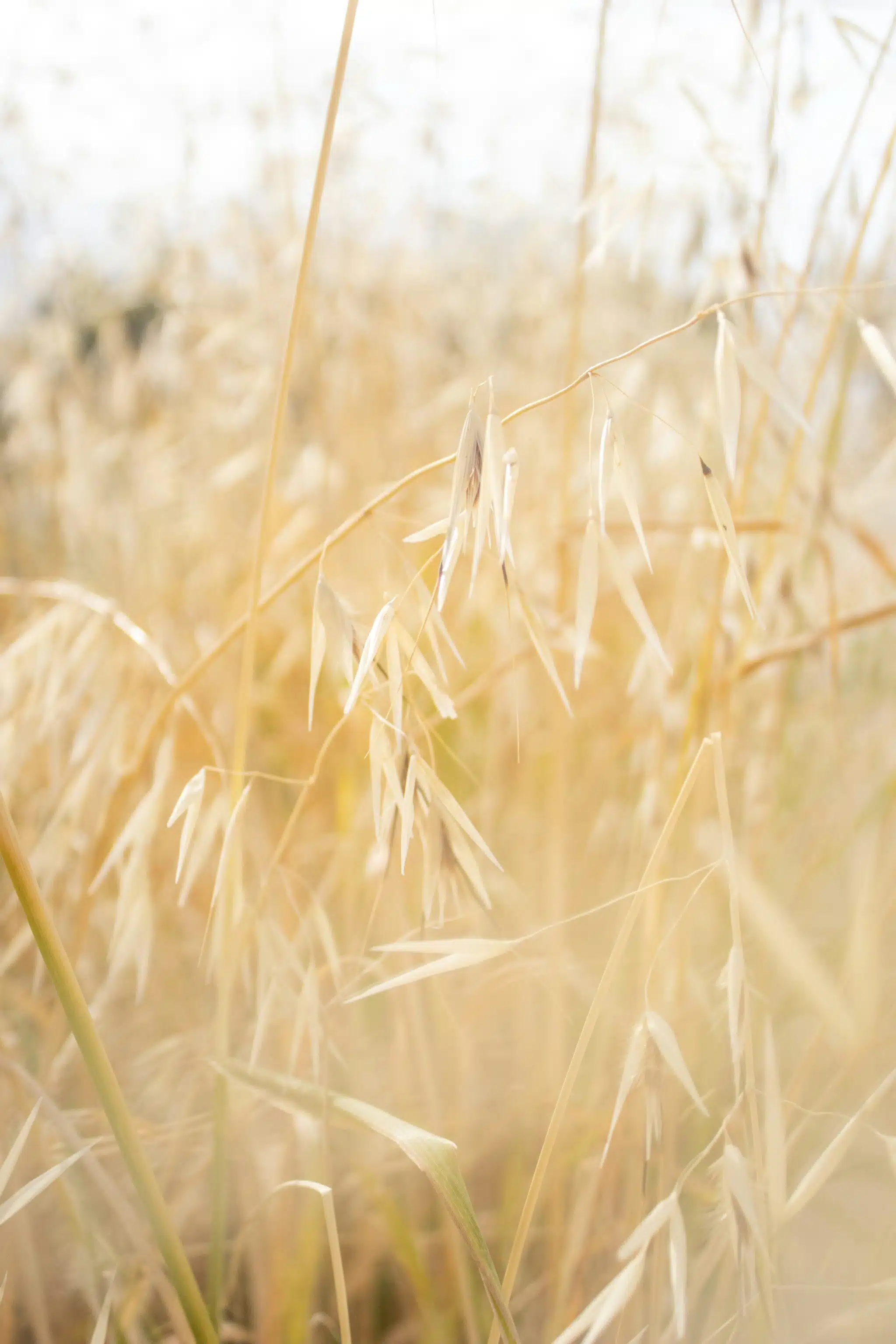by Keely Foster, CCH
“When you heal the Earth you heal yourself” Ralph Waldo Emerson.
This quote has been one of my mantras for several years. Having personally experienced the benefits of being outside and profound improvement on my mental health. I had always view this quote as a guide to grounding oneself and connecting with Nature. As I grow and spend more time in contemplation of this quote I find that Mr. Emerson was speaking to so much more than grounding practices. The statement “you are what you eat” comes to mind. Like every living creature on this planet, we rely on food to survive. Whether that is animals or plants, we must consume to live. When I think of our food health I think of our food web. Plants feed off of the soil, and animals feed off of the plants, other animals feed off of animals and so on. If we don’t have healthy soils we don’t have healthy plants, then we don’t have healthy animals, so we don’t have healthy food. In the most fundamental sense, soils are the basis for all healthy life.
The beautiful thing is I am not the only one contemplating this. Education on soil health has been blooming in popularity in the last 20 years. With concern for our current generations and future ones to come, the time to take action is now.
Despite these concerns there are things we can do to support a healthy biome. The best place to start is on the local level.
- Contact your local city council and advocate for less pesticide use at local parks.
- Advocate for local municipalities to support a compost program. Golden and Denver did it and Boulder is working on it.
- Compost. If you are not able to do that at your home talk to local farmers and see if they can use your food/lawn waste
- Buy organic food and high-quality meats, supporting organic local companies if you can.
- Support wildlife conservation, support local parks, State Parks and National Parks
- Grow your own food! Hydroponics, community gardens, backyard.
If your looking to build your soil health at your home or community garden here are some resources to start that practice. The first thing you can do is test your soil to see what kind of nutrients are currently in it. You can do this with a home test, Digital Soil Test Kit | Territorial Seed or you can mail your soil sample to CSU Soil, Water and Plant Testing Laboratory – Soil Testing Lab. Both these tests can be a little pricey so if that isn’t an option there are other ways to approach this.
Dynamic accumulators, also known as nutrient miners or cover crops, are plants with deep roots that gather minerals. The idea is that you plant these and they collect nutrients buried deep in the soil. When the plant decomposes it returns those nutrients to soil, much closer to the surface. Allowing shallow rooted crops to absorb those minerals. Another beautiful thing about these plants is that in the process of growing they attract pollinators, and their foliage can be used as mulch with the chop-n-drop method. You can also harvest these plants and add them to compost piles, or make a compost tea out of them.
How to Make Compost Tea? Easy Step-by-Step Instructions
Chop-n-drop method is another option to return nutrients to the soil. This technique helps build the soil by creating a natural mulch. This mimics Natures way of adding nutrients to the ground. Just as it sounds you “chop” the plant material and “drop” it on the ground. This can also be referred to as sheet mulching, which is essentially layering different mulches on top of each other to break down. This would include leaves from trees too. There are additional benefits to this process, less waste going to landfills and more safe homes for pollinators to live and hibernate in.
One of my favorite medicinal herbs also doubles as cover crop.
Avena sativa, Oat straw and Milky Oats
The dried oat straw of Avena sativa taken internally, works to help restore the minerals and vitamins in our body and build it back up after depletion. It is high in vitamins A, C, E, K. As well as the B vitamins folic acid, niacin, pyridoxine, riboflavin, thiamine. It also contains high amounts of calcium, chromium, iron, magnesium, phosphorus, silicon, sodium. Similar to our bodies we can use Avena sativa to build our soils back up as well. The lovely part about Avena is that you can do 2 plantings a year. One in the Spring time, allowing it to grow during the summer or you can plant it in late Summer to grow until the first frost. Once a frost comes the plant will die and then you can amend it back into the soil in the Spring or just leave it as mulch. A benefit of an early planting is that you can then harvest the oat tops. You will want to harvest the oat tops when they are releasing a milky substance. There is a small window for harvesting so this is something you will want to check daily once the seed heads start to form. Once harvested you can make a tincture out of them to support your nervous system, in a calming restorative way. To make the tincture crush the freshly harvested milky tops. Add to a jar and cover completely with alcohol ranging from 70-95% you can then seal the jar and let it sit in a dark place for 4 weeks. Strain the plant material and enjoy 10-60 drops up to 4x a day. The oat straw is not recommended if you have a gluten allergy. The tincture is ok to use with a gluten allergy.
If you would like more information on cover crops or starting your own garden please feel free to reach out to me personally. I have 15 years of experience in the horticulture field and I love talking plants so don’t be shy!
Happy Gardening!
Keely Foster Clinical Herbalist, CGG, CCNP
Keely.Foster@clinicalherbalism.com
Sinadinos, pgs. 391-364
Dirt Poor: Have Fruits and Vegetables Become Less Nutritious? | Scientific American
The role of soil in the contribution of food and feed – PMC
Limited-Time Matching Fund | The Nature Conservancy
New Findings Further the Study of Dynamic Accumulators – Cornell Small Farms
Photo by Viktoriia Kondratiuk on Unsplash
Photo by Markus Spiske on Unsplash


